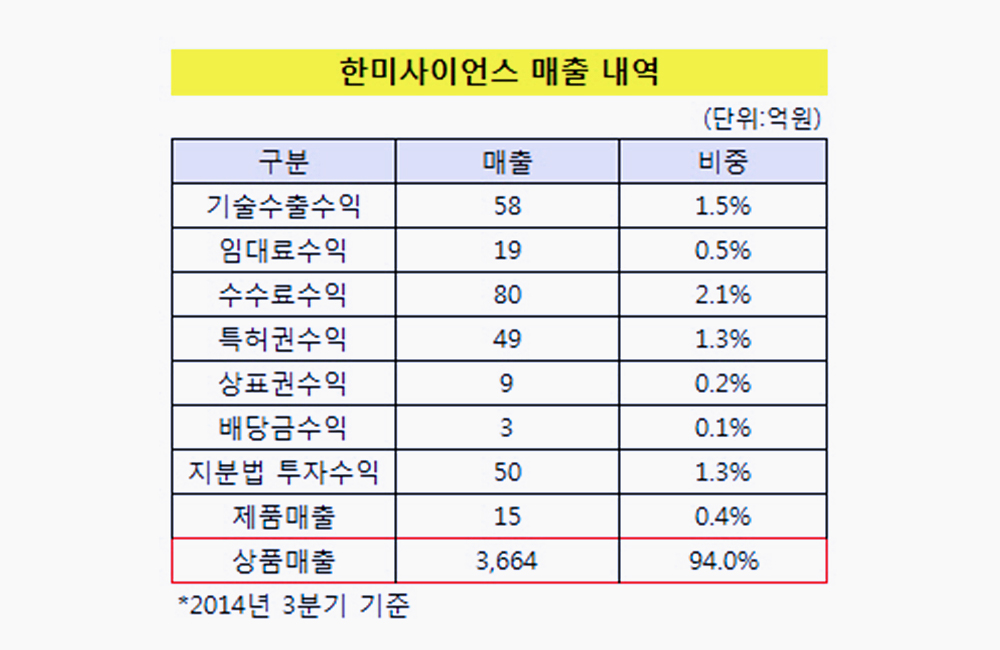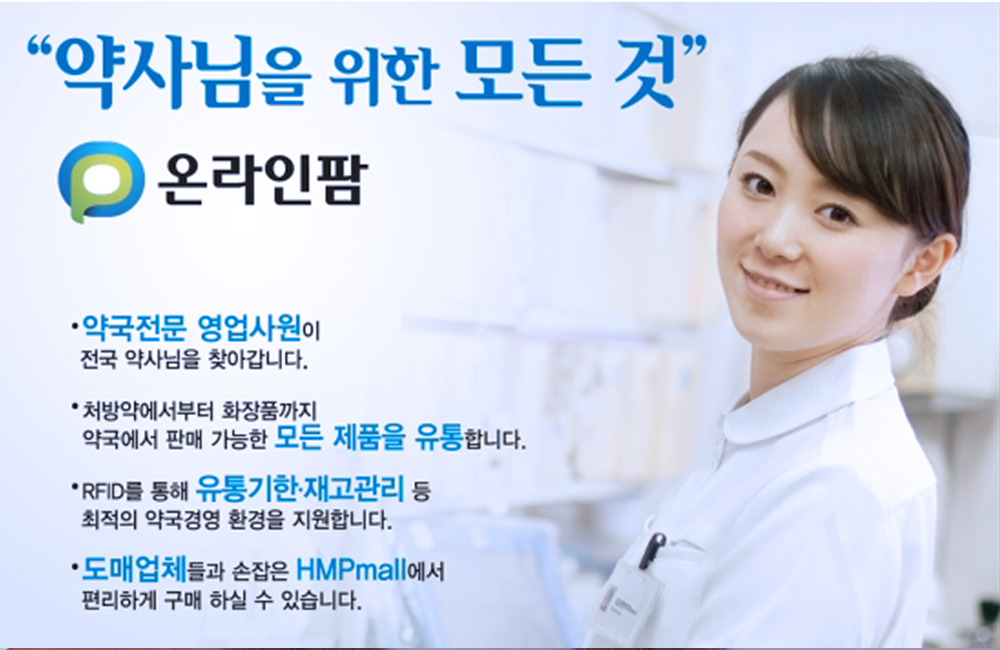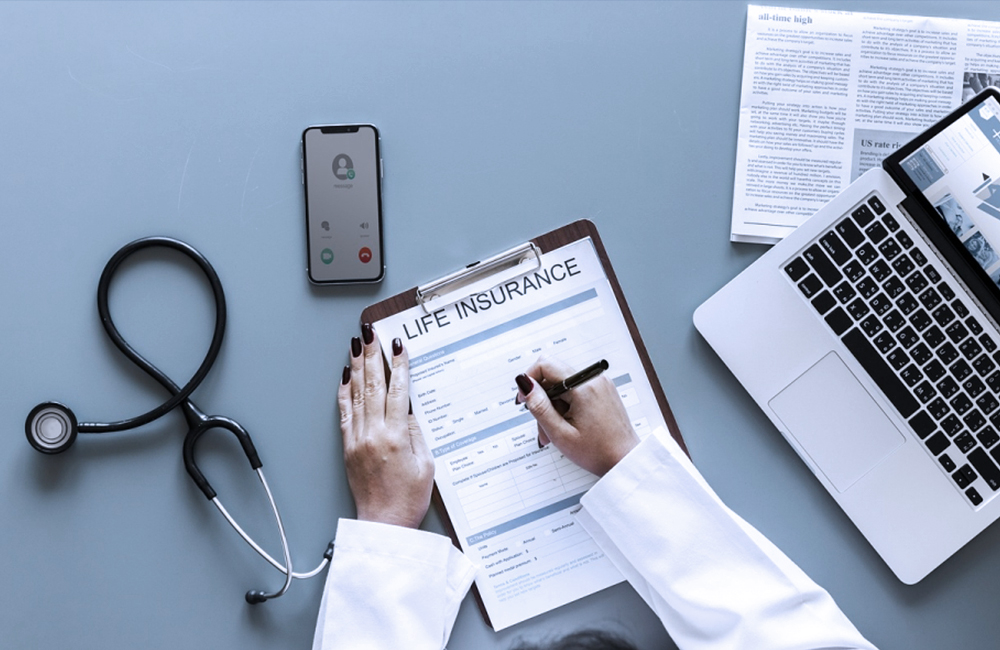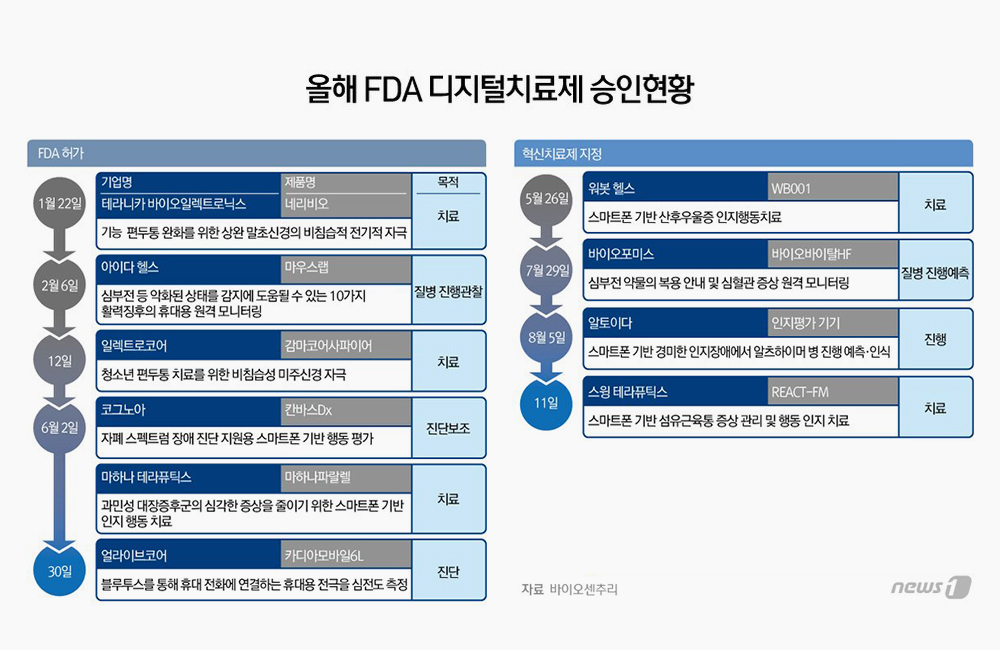Over the past two years, rapid innovation has been the predominant theme among healthcare technologies. You couldn’t pick up a trade magazine without reading about an advancement never thought possible even a decade ago. Much of the attention, however, was largely owing to its widespread deployment.
In fact, telehealth solutions in one form or another have been around for several years. But as many nonemergency medical services took a backseat to Covid-19, healthcare providers and patients alike were quick to adopt the technologies more out of necessity than anything else. In other words, behavior is what changed for the most part.
This isn’t to say healthcare technology has been absent of advancements—far from it. The most impactful has got to be “always-on” care. Also known as the “digital front door” of healthcare, the technology involves improving the overall patient experience across all aspects of digital care. If you were to think about the average person, chances are good that they only visit the doctor when something goes wrong. Even when that person goes in for an annual checkup, the scope is rather limited.
Always-on care attempts to solve this problem by connecting patient and doctor around the clock—not through continual correspondence but through data sharing. Providers equip patients with remote patient monitoring (RPM) devices that constantly feed information to a central system, accessible by the individual’s physicians. If, for example, someone is doing at-home blood testing, the RPM device transmits the results regularly. Should an issue arise, the doctor would be alerted even before the patient. A consultation would immediately be scheduled via videoconference and then directives would be issued to the patient for next steps. Think of it as putting the patient first rather than the physician or hospital.
For the patient, always-on care is available 24/7. Barring an emergency, no time is spent in the waiting room for an appointment. For the provider, it allows physicians to see more patients with fewer cancellations or missed appointments. It also expends fewer resources than in-person care delivery models—a savings for all parties. More importantly, always-on care ties care provider payments to patient outcomes, not visits or procedures. By putting outcomes first, it incentivizes providers to align with the long-term interests and goals of the patient. It’s a win-win.
Strengthening The Patient-Provider Relationship
While telemedicine has certainly helped establish regular communication between patients and providers, the technology has been beneficial in other ways—chief among them being greater accessibility.
Nearby specialists are hard to find, but telemedicine removes this barrier. Let’s say, for example, you’d like to talk to a psychiatrist. In metro areas, the options are near endless. But for more than 60% of U.S. counties, not a single psychiatrist is in the area. For rural counties, they’re even harder to find: Only 20% have one available.
Beyond greater accessibility, telemedicine has opened the door to a more holistic approach to care delivery. Doctors are now able to monitor more data points than ever before, and entire care delivery teams have access to patient information. Few questions remain about what treatments or prescriptions are currently part of an individual’s healthcare regimen.
Not that more work doesn’t need to be done. Additional initiatives are necessary to encourage regular telemedicine visits. To reach this goal, providers need to better assess the patient’s life and health goals and ensure milestones are being met instead of telemedicine being used when unexpected health issues arise.
Advancements Still Necessary
As far as technology goes, one area in healthcare tech in desperate need of advancement is cybersecurity. In 2021, 45 million people were affected by healthcare-related cyberattacks, up from 34 million in 2020. A large part of this was due to ransomware, which in some cases shut down entire practices. Ransomware relies on targets who can’t sustain prolonged downtime and who are behind the curve on adopting the best cybersecurity techniques. Unfortunately, medical practices have fallen into this category.
With many healthcare institutions relying on monolithic identity and access management systems—where each user has only one set of credentials for privileges across systems—a hack of one user’s login opens access to every part of the network accessible to that person. One way to mitigate ransomware attacks would be to back up to servers (or offline media) where no one user compromised in the production system could also affect the backup system. Then, if a ransomware attack does debilitate the live system, it’s only a matter of hours before the backup can be restored.
This change is far from complex, and any practice can employ it. The only barrier is basic training. This provides an opportunity for tech players to provide more elegant cybersecurity training and mitigation solutions for healthcare.
Another area of improvement would involve enabling the goals of always-on care. The data that providers need to capture a complete picture of their patients’ health must come from myriad systems, not just one device or platform. Blood pressure, weight, oxygen levels, activity and other vitals, as well as various practitioners’ notes, must come together to provide a holistic view of the patient and their health, well-being and medical adherence.
Connectivity has moved care delivery leaps and bounds forward. But there’s plenty of room for improvement and innovation in healthcare technology. It’s all about driving better outcomes to benefit the patient and the provider.









